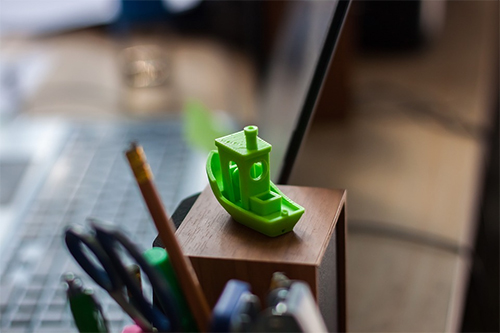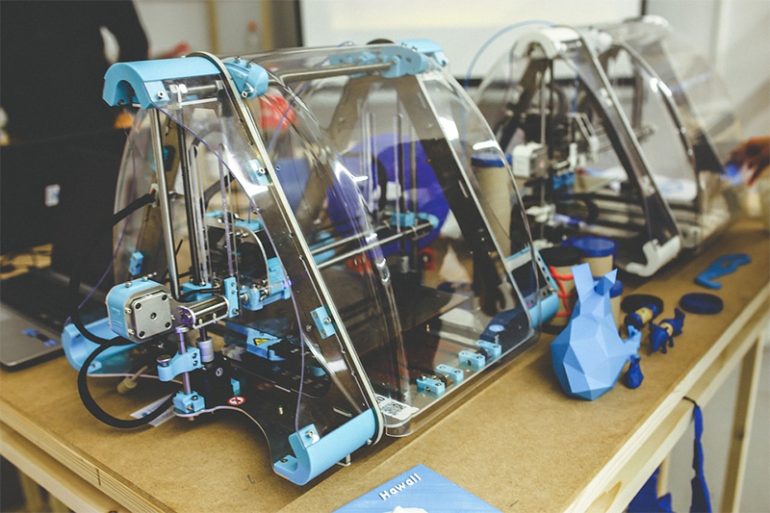3D printing or otherwise known as additive manufacturing is a brand new process of creating 3D or three dimensional solid objects from a particular digital file. The 3D printed object is created with the aid of additive processes.
The Additive Process
In the additive process, the object is created by laying down various layers of material until such time that the object is made. One of the layers can be seen as a very fine sliced horizontal found on the cross-section of the eventual object. Unlike reprints of artworks, 3D printing allows for the production of very complex shapes following traditional manufacturing processes.
How Exactly Does 3D Printing Work?
It begins with a 3D model. You have to make one or download one from the 3D database. When you create it yourself you can select from the 3D scanner, haptic device, code, 3D modeling software, or apps.
The 3D Modeling Software
There are various 3d modeling software tools around. The industrial-grade software can cost thousands of dollars for licensing, however, there are some open-source software and apps that you can use that cost nothing.
You can start tinkering with the Tinkercad. The Tinkered is absolutely free software you can use and you do not have to install it on your computer. It offers beginner lessons and comes with an integrated feature to have your 3D model printed through the 3D print service. Once you have your 3D model in place, the next step to do is to prepare the file for printing, this is referred to as slicing.

3D Printing Use and Industry
The use of 3D printing has become so massive and so everyone is joining the bandwagon to integrate additive manufacturing in their production system. As 3D printing is very apt for prototyping, it saves manufacturers in the early stages and is now fast becoming a new age production technology. A lot of the demand for 3D printing is industrial, to begin with. The 3D printing market industry is projected to reach $41 billion come the year 2026.
3D printing has been widely used in almost all sorts of industries imaginable.
It is vital that you see it as a cluster of the very diverse industry with
various applications.
Here are a few good examples
- Movie props
- Eyewear
- Dental products
- Prosthetics
- Replicating artifacts
- Reconstructing bones or body parts of humans for forensic examination
- Replicating heavily damaged evidence of a crime scene
- Architecture models
- Furniture
- Lamps
The Need for 3D Printing For Fast Prototyping
3D printing is highly in demand because of two things; it is fast and very cost-efficient. From a mere brainchild to a 3D model, to have in your hands a prototype in a matter of hours instead of weeks makes for the overall appeal of 3D art and printing. Nowadays, iterations are made very easy and financially feasible, plus you do not need any expensive tools or molds.
Aside from rapid prototyping, 3D printing is likewise utilized for very rapid
manufacturing. The rapid manufacturing is a brand new model of manufacturing
where businesses make use of 3D printers for small batch or short-run custom
manufacturing.
Photo Attribution:
1st and featured image from https://pixabay.com/photos/3d-printer-printing-technology-791205/
2nd image from https://pixabay.com/photos/korablik-ship-3d-printing-green-2681190/
